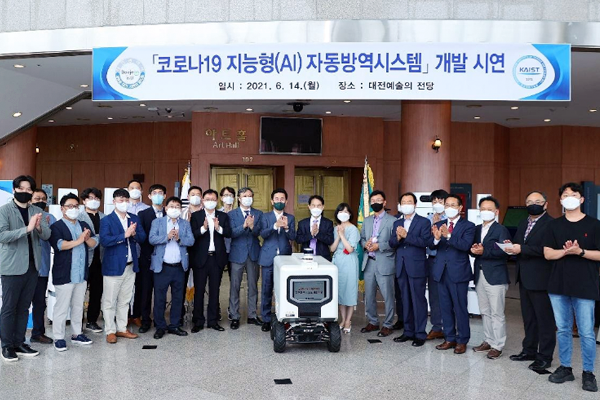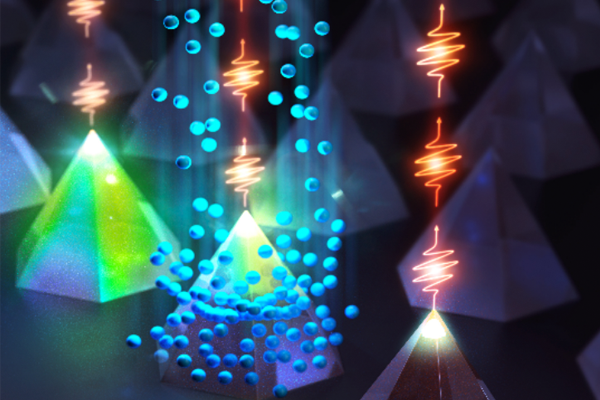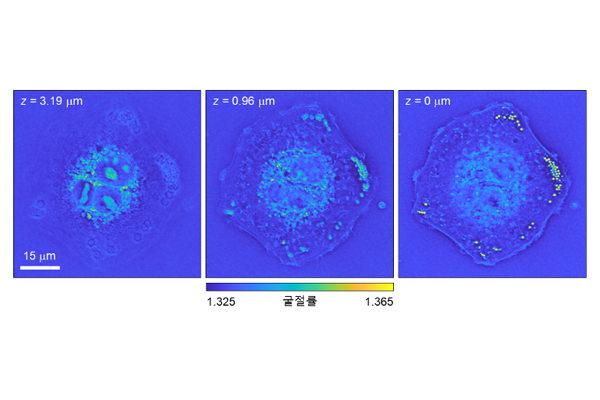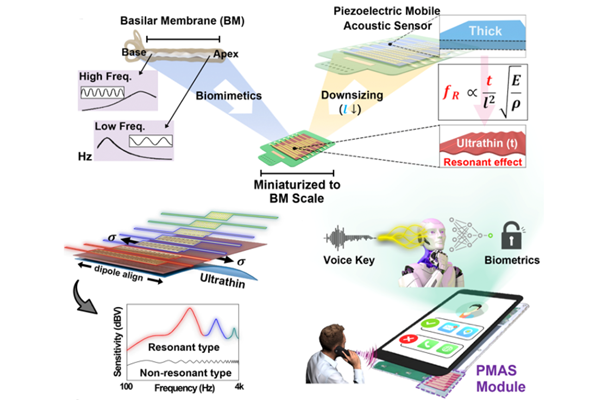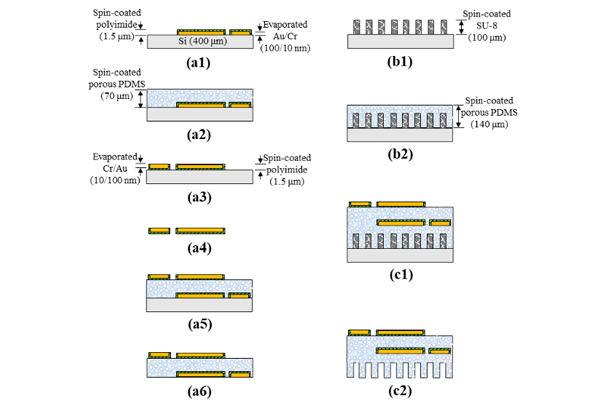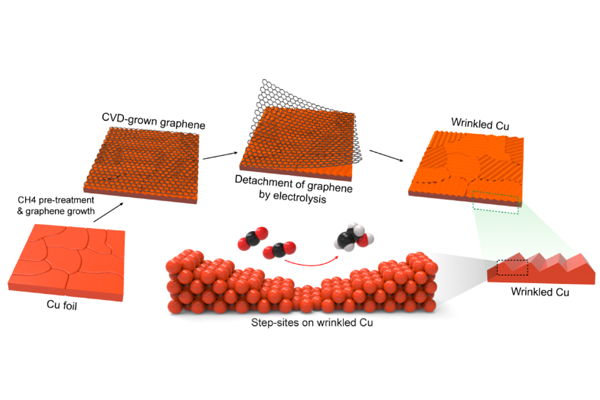-
Research Highlight
Automatic quarantine system to fight against COVID-19
COVID-19 has been the riskiest issue since 2020. In the 21st century, SARS, MERS and Ebola were risks in the world-wide health system, but all of them were successfully eliminated. The main difference between COVID-19 and other diseases is the reality of patients with no symptoms. Many COVID-19 patients can infect others without experiencing any symptoms themselves. Thus, the traditional quarantine system fails for reason. A New quarantine system was developed by combining different known systems attached to a network system. The developed system was installed at Daejeon city hall and has been operating since August of 2021. ...read more
-
Research Highlight
Systematic Design Strategies for Nonaqueous Organic Redox Flow Batteries
Prof. Byon’s group (in collaboration with Prof. Joo’s group at Pusan National University) reported the design principle of organic molecules utilized for non-aqueous organic redox flow batteries (RFBs). By implementing an extended -conjugation, a cationic functional group, and selective anions, they developed highly soluble, stable, and crossover-resistant heteroarylpyridinium in the form of organic redox-active molecules and showed ~90% capacity retention during 100 cycles in RFBs. ...read more
-
Research Highlight
3D Periodic Polyimide Nano-Networks for Ultrahigh-Rate and Sustainable Energy Storage
A lithographic strategy to fabricate a 3D periodic nano-network of multi-redox active polyimide is proposed, realizing ultrahigh-rates up to 400C for the lithium-ion storage of an organic anode for the first time....read more
-
Research Highlight
A focused ion beam can pick up quantum emission from uncorrelated light
A research team at KAIST has developed a new technique using a focused ion beam that can increase single-photon purity levels. This technique can be applied to diverse quantum photonic platforms when a quantum emitter lacks single-photon purity....read more
-
Research Highlight
Polaritonic PT symmetric laser in a single microcavity, lowering the threshold energy despite an increase the loss
A KAIST research team led by Professor Yong-Hoon Cho of the Department of Physics develops a new concept of what is termed a parity-time reversal (PT) symmetric laser with highly interactive quantum particles formed in a single microcavity system, improving the lasing performance despite an increase in the loss. The PT symmetric laser developed through this research is expected to be widely applied in areas ranging from classical photonic component with enhanced performance to quantum optical devices in the future....read more
-
Research Highlight
New holographic microscopy enables the 3D label-free imaging of biological specimens without interferometry
Prof. YongKeun Park’s group has developed a novel microscopy technique for the label-free imaging of biological specimens. Based on Kramers-Kronig relations, this new method produces quantitative phase images of biological specimens with an optical microscope simply by controlling the incident angle of illumination....read more
-
Research Highlight
First Commercial Prototype of a Biomimetic Resonant Acoustic Sensor for Accurate and Long-distance Voice Detection
Prof. K.J. Lee's group has developed and miniaturized a flexible piezoelectric acoustic sensor a with multi-resonant membrane mimicking the basilar membrane....read more
-
Research Highlight
Understanding the Preferred Driving-Style Guiding Experience in Autonomous Vehicles
ID KAIST researchers investigated the idea of user’s guidance of their preferred driving styles as a novel input channel for human-centric autonomous vehicle (AV) control....read more
-
Research Highlight
Breathable pulsewave sensors with haircell structures
Prof. Young-Ho Cho’s group has developed a skin-attachable pulsewave sensor with haircell structures capable of wicking sweat rapidly from the skin with increased pulsewave detection accuracy. The breathable sensor reduces the skin redness and itching caused by conventional wearable biosensors that trap sweat beneath them, while the haircell structures achieve conformal contact to the skin with a larger contact area for higher pulsewave detection accuracy....read more
-
Research Highlight
Nanowrinkled Copper Catalyst via Graphene Growth for Carbon Dioxide Conversion into Ethanol
Prof. Hee-Tae Jung’s group has reported high conversion of CO2 into ethanol by synthesizing a wrinkled Cu catalyst with high facets via a graphene growth process....read more

291 Daehak-ro Yuseong-gu Daejeon, 34141, Republic of Korea
Partnered with KAIST Breakthroughs and KAIST Compass
